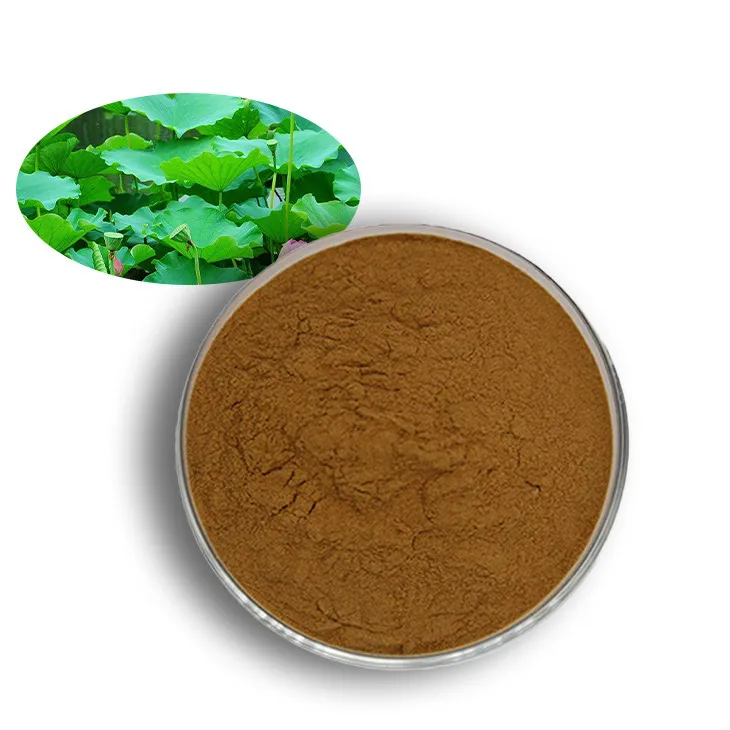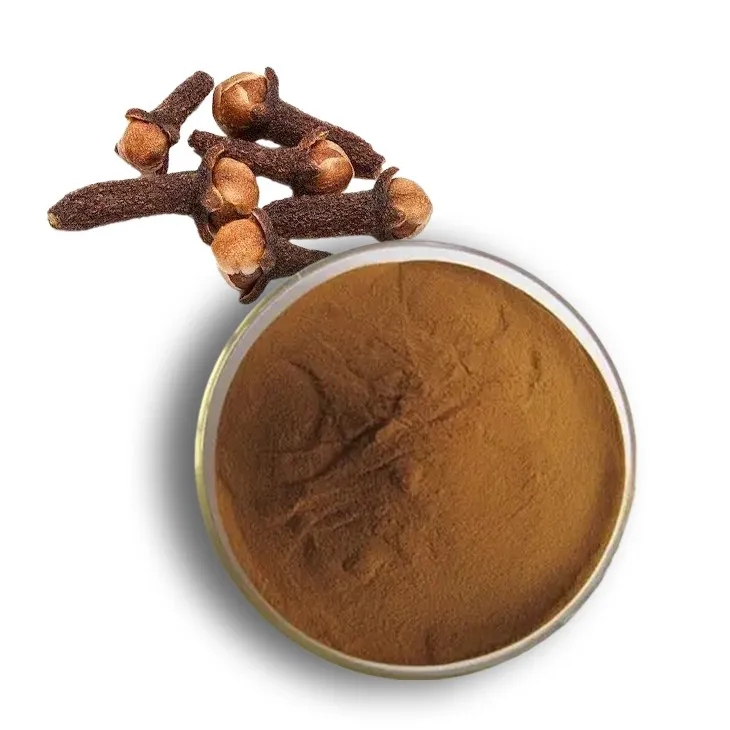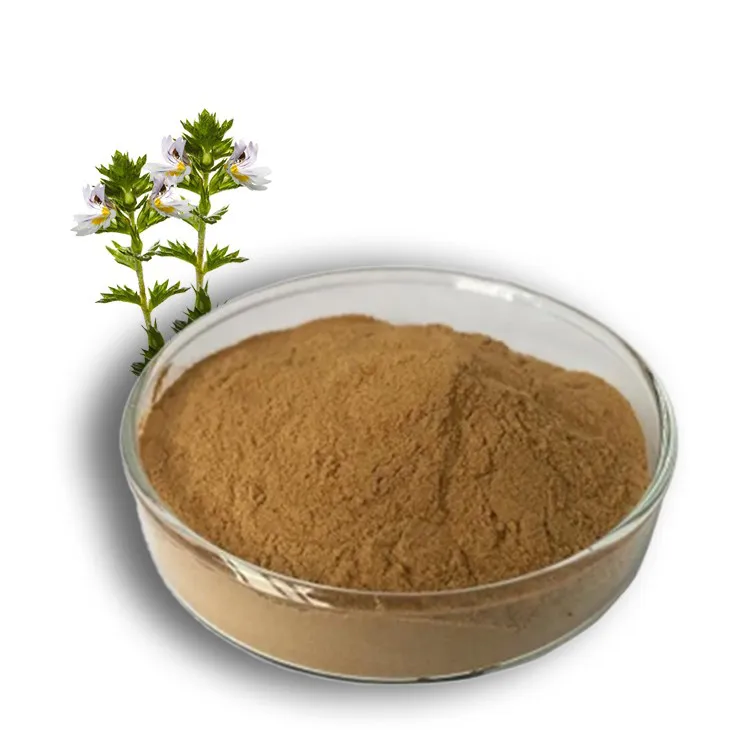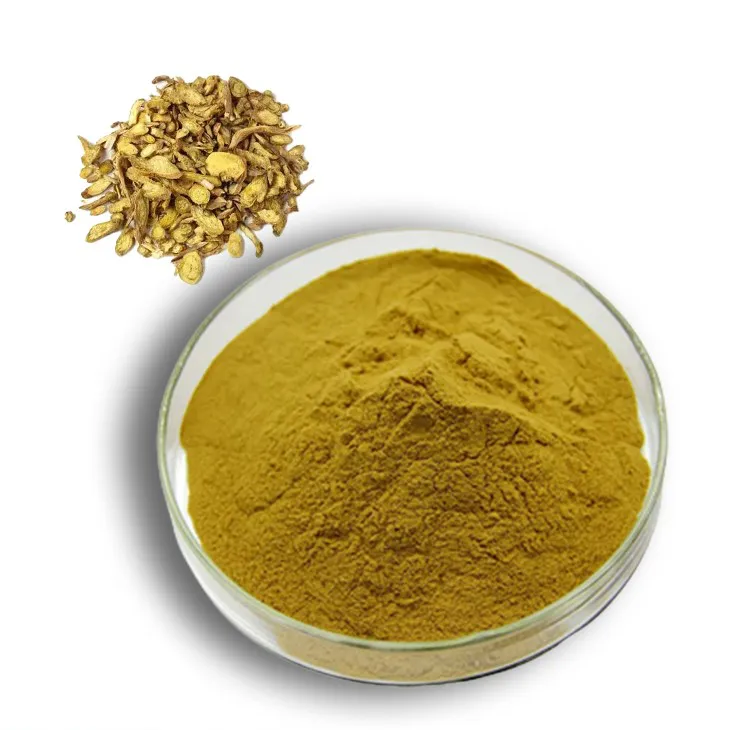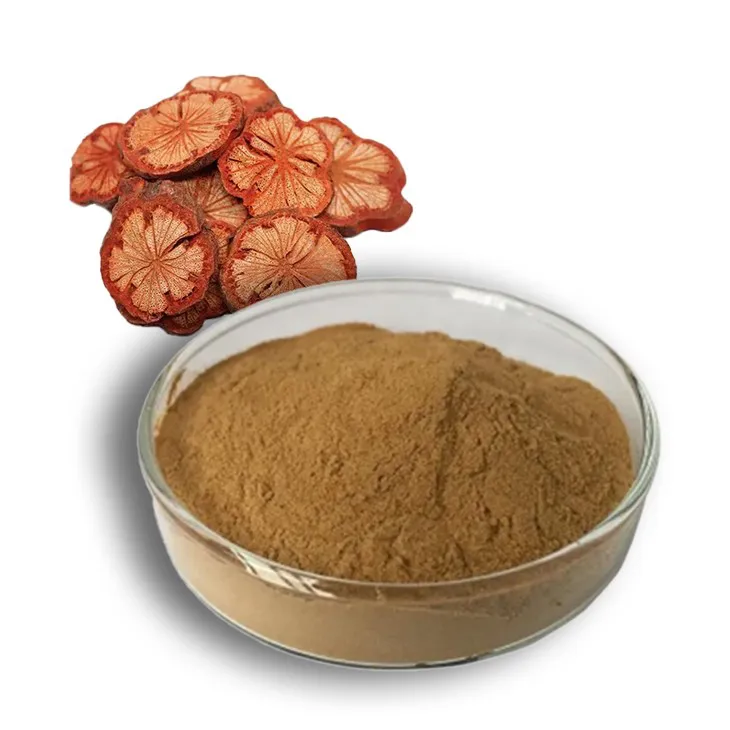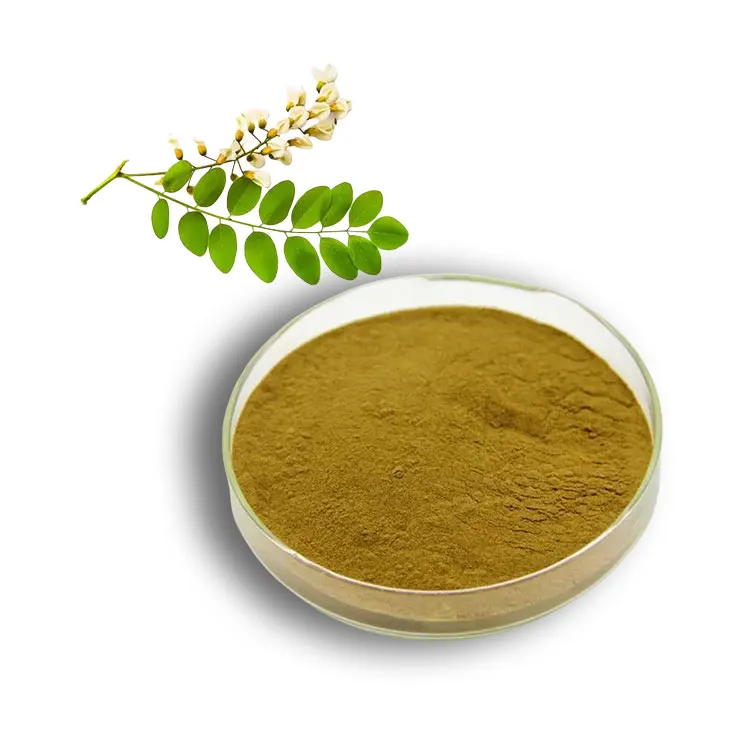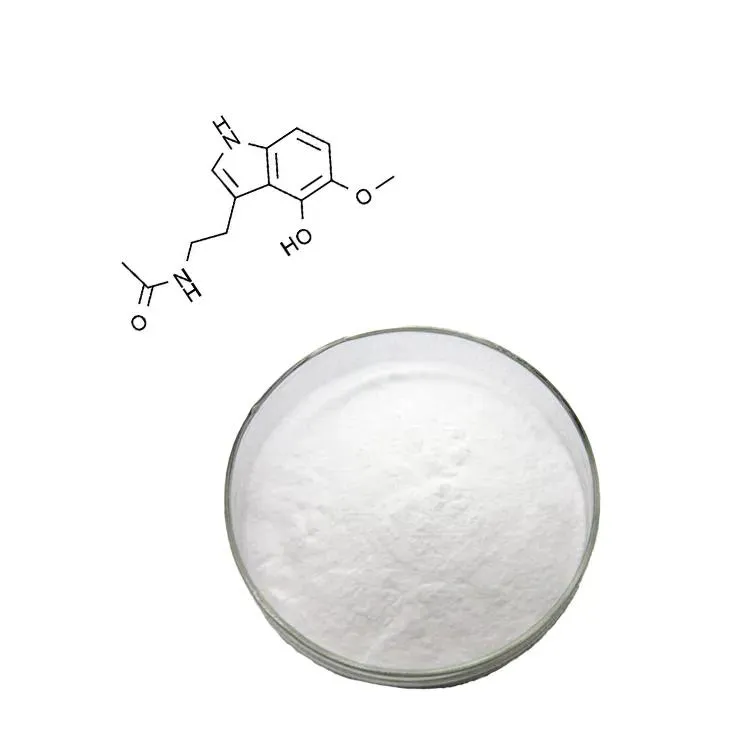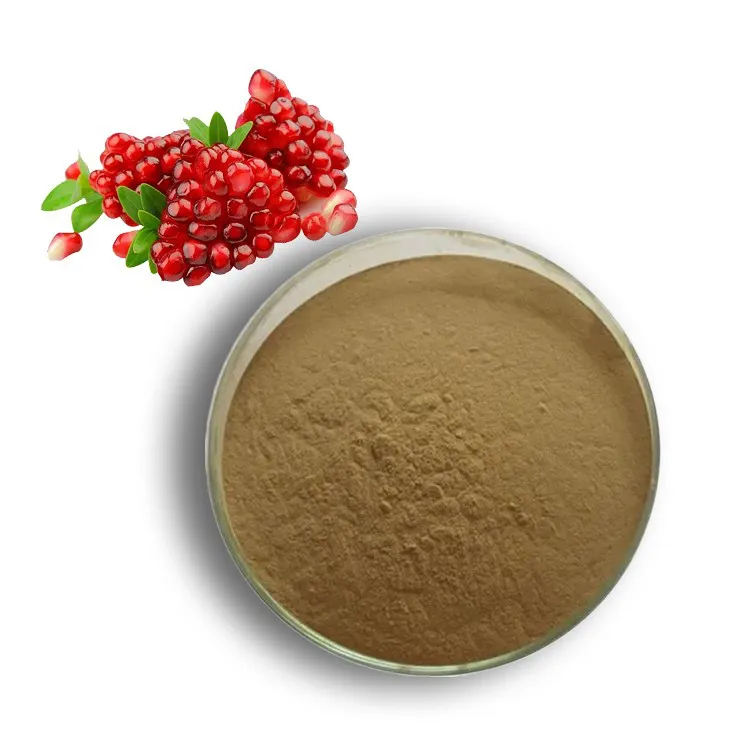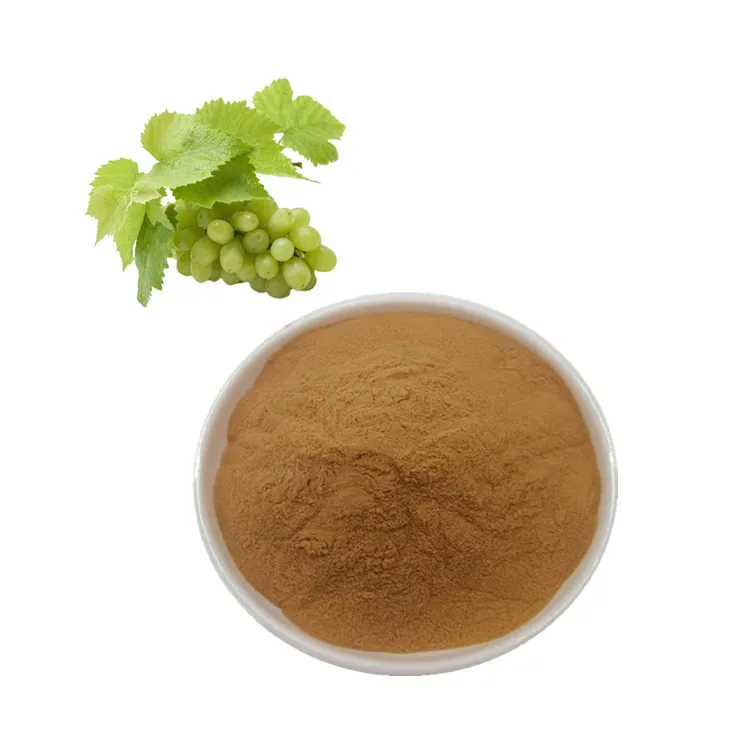- 0086-571-85302990
- sales@greenskybio.com
How to Make Marigold Extract: A Step-by-Step Guide
2025-06-26

Marigold, known botanically as Tagetes, is a vibrant and versatile flower known for its brilliant orange and yellow hues. Apart from being a staple in gardens and decorative displays, marigolds have been treasured for their medicinal properties and have a rich history in traditional medicine. One of the most common forms of utilizing marigolds is through extracts, which condense the flower's beneficial compounds into a potent liquid form. Whether you're interested in herbal medicine, skincare, or natural dyes, Marigold Extract can be a valuable addition to your repertoire. This article provides an in-depth guide to making Marigold Extract at home, ensuring you capture its full range of benefits.
Understanding the Benefits of Marigold
Before diving into the extraction process, it's essential to understand why Marigold Extract is so valuable. Marigolds are rich in flavonoids, carotenoids (such as lutein and zeaxanthin), and other antioxidants that have been linked to a range of health benefits. These compounds are known for their anti-inflammatory, antibacterial, and antiviral properties. In herbal medicine, marigold extract is often used to soothe skin irritations, promote wound healing, and improve eye health. Moreover, marigolds have found their way into cosmetics and skincare formulations due to their potential to improve skin elasticity and hydration.
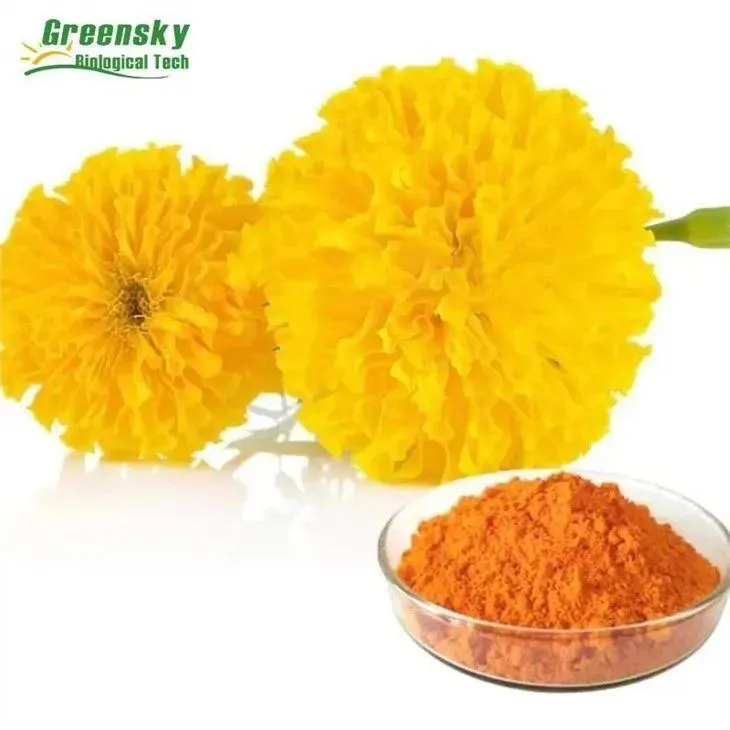
Preparation: Gathering the Right Materials
To make marigold extract, you'll need the following materials:
- Fresh Marigold Flowers: Opt for organically grown flowers to avoid pesticides. Pick them early in the morning when their oil content is at its peak.
- High-Proof Alcohol: A neutral spirit like vodka (at least 40% alcohol by volume) works well as a solvent.
- Glass Jar with Lid: A clean, sterilized jar is essential for the extraction process.
- Coffee Filter or Cheesecloth: Used for straining the extract.
- Amber Glass Dropper Bottles: For storing the finished extract, protecting it from light and oxidation.
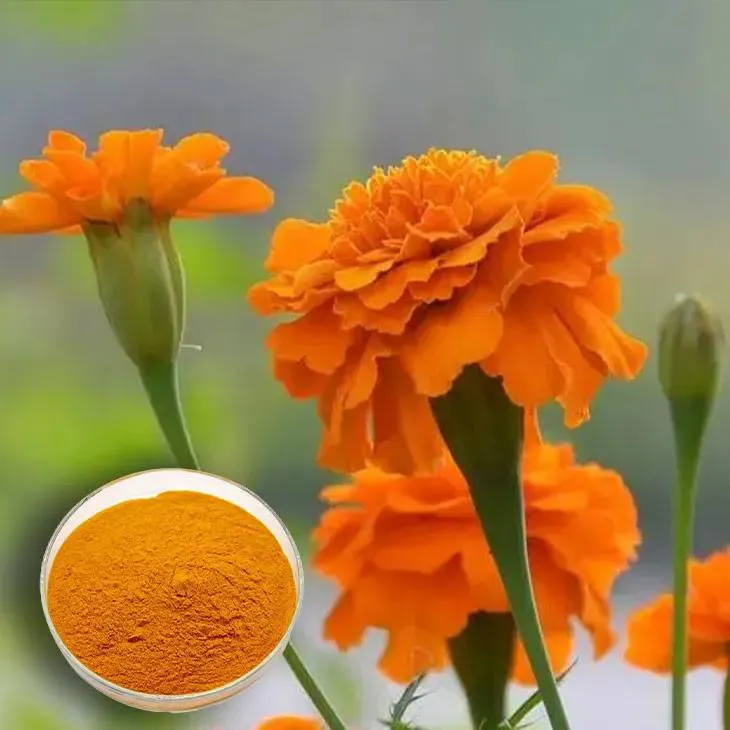
Steps to Make Marigold Extract
Step 1: Harvesting the Flowers
Select fresh marigold flowers, ideally on a dry day to ensure no moisture is trapped during the process. Gently remove the petals from the flower head, discarding any stems or leaves. Aim for about one cup of loosely packed petals.
Step 2: Preparing the Jar
Sterilize your glass jar by boiling it in water or running it through a dishwasher. Once cooled, fill the jar loosely with the marigold petals, stopping about an inch from the top. This allows space for the petals to expand during the infusion process.
Step 3: Adding Alcohol
Pour the high-proof alcohol over the petals, making sure they are completely submerged. The alcohol acts as a solvent, extracting the beneficial compounds from the petals. Gently press down on the petals with a clean spoon to help them soak completely.
Step 4: Sealing and Storing
Seal the jar tightly with its lid and shake gently. Label the jar with the date of preparation and the content type. Store it in a cool, dark place like a cupboard. The infusion process can take between 4 to 6 weeks, allowing the alcohol to extract the marigold's beneficial properties fully.
Step 5: Shaking the Infusion
Throughout the infusion period, shake the jar gently every few days. This agitation helps redistribute the petals and ensure even extraction.
Step 6: Straining the Extract
After 4 to 6 weeks, the extract is ready to be strained. Place a coffee filter or cheesecloth over a clean container or bowl, and pour the liquid through it to separate the petals from the solvent. Squeeze the cheesecloth gently to extract every drop of the liquid.
Step 7: Storage
Transfer the strained extract into amber glass dropper bottles. These bottles prevent light from degrading the compounds in the extract. Store in a cool, dark place to maximize its shelf life, which can reach up to one year if stored properly.
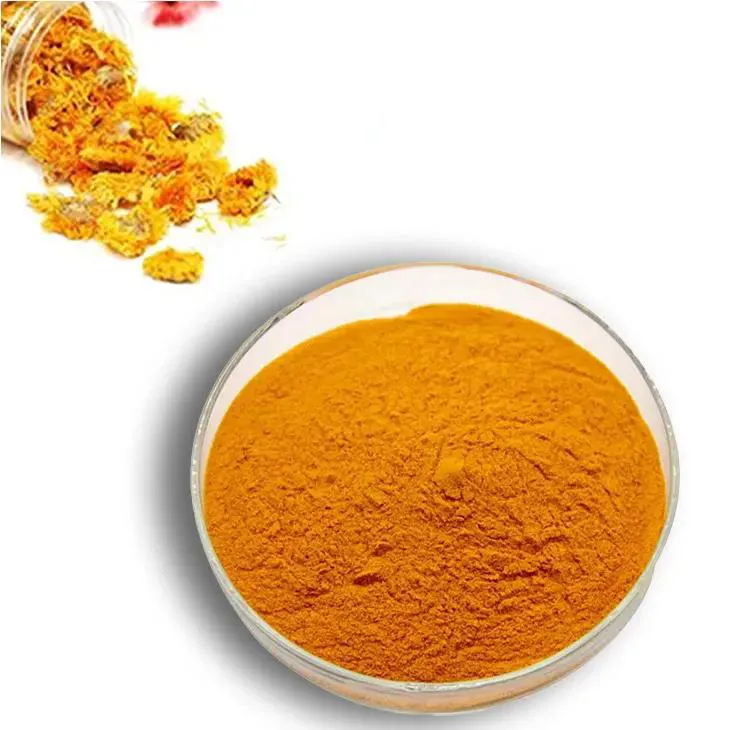
Applications of Marigold Extract
With your marigold extract ready, you can incorporate it into various applications:
1. Skincare: Add a few drops to your favorite moisturizer or serum to harness its soothing properties.
2. Topical Uses: Apply directly to minor cuts, burns, or insect bites to reduce inflammation and promote healing.
3. Herbal Remedies: Mix with water and take internally, under professional guidance, to support eye health or boost immunity.
4. Natural Dyes: Use in fabric or cosmetic products to impart a natural yellow tint.
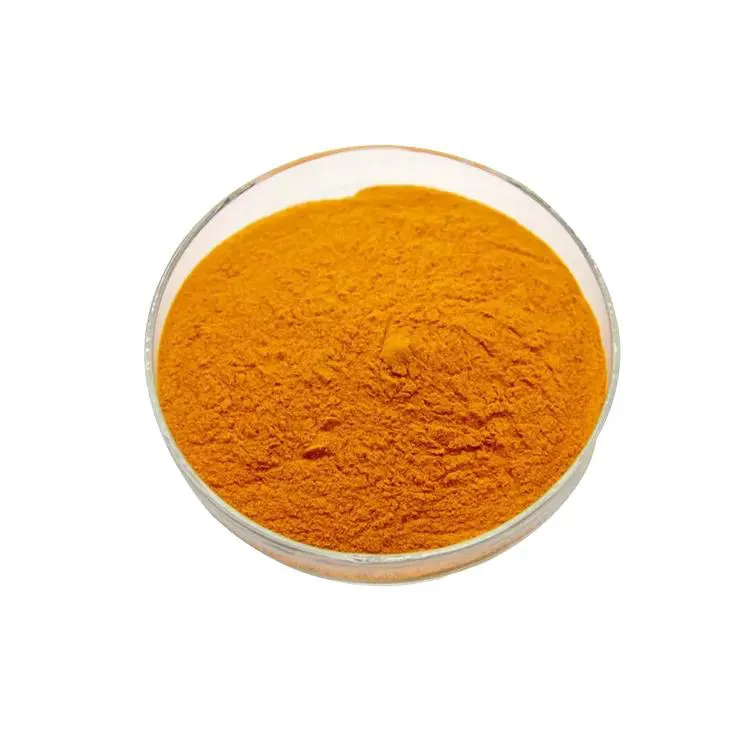
Safety and Precautions
While marigold extract is generally safe for topical use, it’s important to perform a patch test on your skin to check for any allergic reactions. If using internally, consult with a healthcare professional, especially if you are pregnant, nursing, or on medication.
In conclusion, making marigold extract is a rewarding process that allows you to create a versatile and potent product right in your kitchen. By understanding the steps and taking care to maintain quality, you can enjoy the myriad benefits that the humble marigold has to offer. Whether for gardening enthusiasts, herbalists, or natural product lovers, marigold extract is a testament to the power of nature's remedies.
- ▶ Hesperidin
- ▶ Citrus Bioflavonoids
- ▶ Plant Extract
- ▶ lycopene
- ▶ Diosmin
- ▶ Grape seed extract
- ▶ Sea buckthorn Juice Powder
- ▶ Fruit Juice Powder
- ▶ Hops Extract
- ▶ Artichoke Extract
- ▶ Mushroom extract
- ▶ Astaxanthin
- ▶ Green Tea Extract
- ▶ Curcumin
- ▶ Horse Chestnut Extract
- ▶ Other Product
- ▶ Boswellia Serrata Extract
- ▶ Resveratrol
- ▶ Marigold Extract
- ▶ Grape Leaf Extract
- ▶ New Product
- ▶ Aminolevulinic acid
- ▶ Cranberry Extract
- ▶ Red Yeast Rice
- ▶ Red Wine Extract
-
Lotus leaf extract
2025-06-26
-
Clove Powder
2025-06-26
-
Eyebright Extract
2025-06-26
-
Baicalin
2025-06-26
-
Red Vine Extract
2025-06-26
-
Sophora Japonica Flower Extract
2025-06-26
-
melatonin extract
2025-06-26
-
Pomegranate Extract
2025-06-26
-
Grape Leaf Extract
2025-06-26
-
Marigold Extract
2025-06-26











